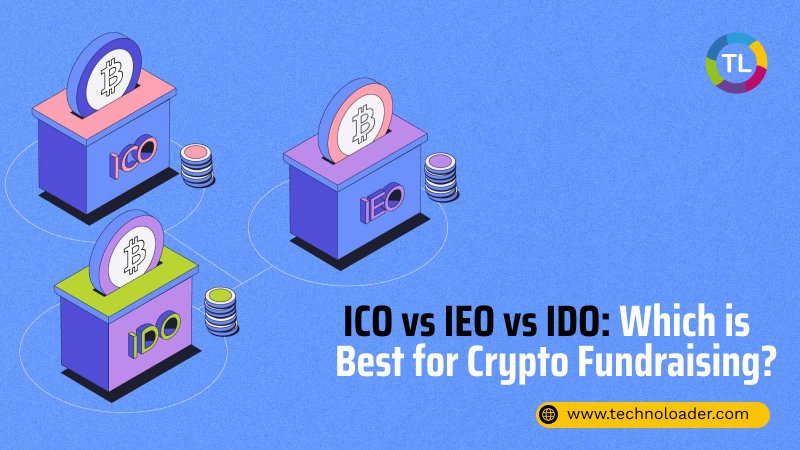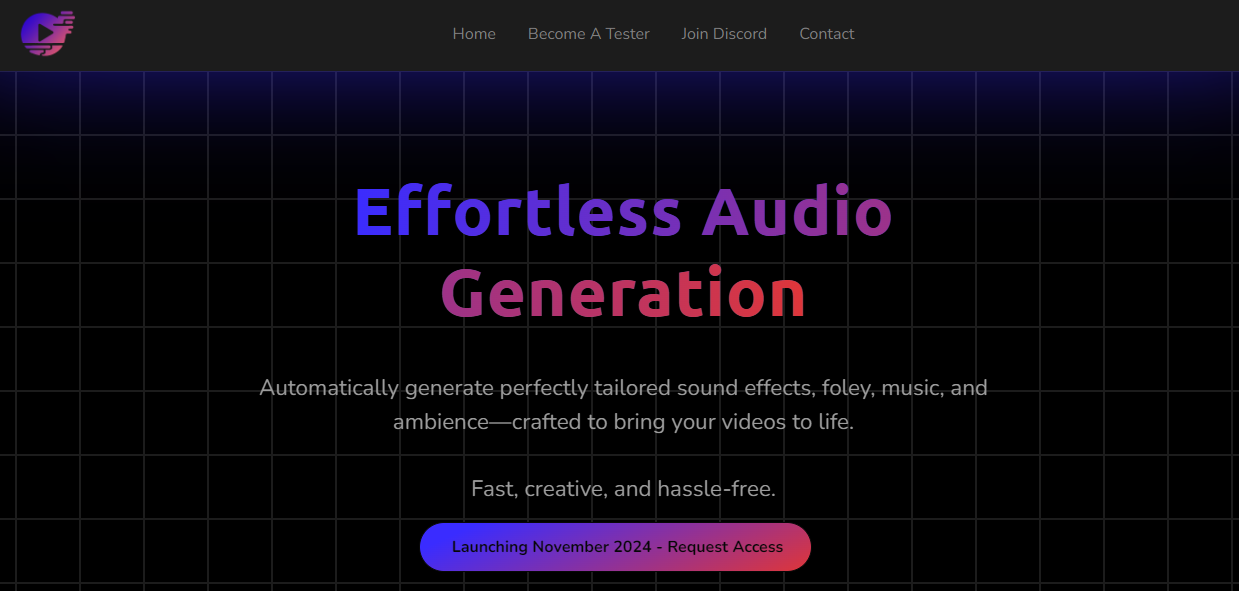If you’re thinking about raising funds for your crypto project, you’ve probably come across terms like ICO, IEO, and IDO. But how do you choose the right one? Let’s break it down so you can find the best fit for your project.
Crypto fundraising has evolved significantly over the past decade, giving rise to different models like Initial Coin Offerings (ICOs), Initial Exchange Offerings (IEOs), and Initial DEX Offerings (IDOs).
Each method offers unique advantages and drawbacks, which can make it tough to decide which one is the best for your project.
Whether you’re aiming for community engagement, regulatory compliance, or fast liquidity, understanding these options can make or break your fundraising strategy.
Let’s understand more!
What is an ICO in Crypto?
An Initial Coin Offering (ICO) is the OG (original) fundraising method in the crypto space. Startups launch tokens through ICOs by creating a whitepaper outlining their project. Investors then buy these tokens with the hope that they’ll be worth something in the future.
Pros:
-
Simple to understand: ICOs are relatively easy to set up, making them accessible to smaller teams.
-
Global reach: ICOs can attract investors from around the world, allowing for a diverse pool of contributors.
-
Quick fundraising: Most ICO campaigns are completed within 30 days, making it an efficient way to raise capital fast.
Cons:
-
Low success rate: Many ICO projects fail, causing their tokens to lose value and become worthless.
-
Lack of regulation: The regulatory framework for ICOs is still unclear in many countries, leading to potential legal risks.
-
Risk of fraud: ICOs have been associated with scams, leading to trust issues among investors.
What is an IEO in Crypto?
An Initial Exchange Offering (IEO) is a fundraising model where a crypto exchange facilitates the token sale. IEOs offer more security as exchanges vet the projects before listing them.
Pros:
-
High security: All exchanges involved in IEOs typically require investors to undergo KYC/AML verification, ensuring legitimacy.
-
Built-in trust: Since exchanges carefully vet projects, investors feel more secure.
-
Regulatory protection: IEO platforms often follow stricter regulatory frameworks, reducing the chances of fraud.
Cons:
-
High cost: Conducting an IEO can be expensive due to listing fees and other costs.
-
Limited control for investors: Investors have little say in the exchange’s operations.
-
Low liquidity: Liquidity tends to be lower in IEOs compared to other fundraising methods.
What is an IDO in Crypto?
An Initial DEX Offering (IDO) happens on a decentralized exchange (DEX), offering a more decentralized way to raise funds. It allows instant liquidity and avoids many of the regulatory hurdles faced by ICOs and IEOs.
Pros:
-
Decentralized: No third-party approval is needed, allowing anyone to participate.
-
Quick liquidity: Funds raised through IDOs can be accessed immediately, ensuring faster trading of tokens.
-
Equitable crowdsourcing: IDOs offer a fair playing field for all participants without any gatekeeping.
Cons:
-
Lack of control: Due to decentralization, there’s less control over pricing, which can lead to instant price fluctuations.
-
No investor data: IDOs don’t offer reliable information about the investors, which can make future planning difficult.
Comparison Table: ICO vs IEO vs IDO
Here’s a table explaining the key differences between ICO, IEO and IDO –
|
Aspect |
ICO |
IEO |
IDO |
|
Platform |
Project’s website |
Centralized Exchange |
Decentralized Exchange |
|
Regulation |
Minimal |
High regulatory scrutiny |
Lower regulatory barriers |
|
Security |
Moderate |
High (KYC/AML) |
Moderate |
|
Cost |
Low |
High (exchange fees) |
Low |
|
Liquidity |
Moderate |
Low |
High |
|
Investor Trust |
Low |
High (exchange vetted) |
Moderate |
|
Setup |
Simple |
Complex |
Simple |
Choosing Between ICO, IEO, and IDO
The right fundraising method depends on your specific needs and circumstances. Here are some key factors to consider:
-
Objectives: Are you looking to build a community-owned network or generate quick profits? If it’s community-focused, an IDO may be best. For quick, secure fundraising, an IEO could work.
-
Stage: If your project is still at the concept stage, an ICO might suit you as it’s easier to set up. However, if you already have a working prototype, an IEO might give you the legitimacy you need.
-
Team: If you need more developers, ICOs and IDOs are more accessible, whereas IEOs often require extensive business and regulatory expertise.
-
Budget: If you have limited funds, ICOs or IDOs are more cost-effective, while IEOs tend to be more expensive due to exchange fees.
-
Timeline: If you need funds urgently, IDOs offer instant liquidity. If you have a longer runway, an IEO might give you better security and investor trust.
-
Ecosystem: Consider whether your project would benefit from network effects. If so, choosing a regulated platform like IEO may give you more long-term success.
-
Regulations: If you’re operating in a market with strict regulations, an IEO will provide the necessary compliance.
-
Access: Are you seeking grassroots support or institutional investors? IDOs are better for building a community, while IEOs can offer greater access to seasoned investors.
Parting Words
Ultimately, the best fundraising method depends on your project’s goals and resources. If you’re looking for expert assistance in token development, Technoloader is a leading blockchain company that can guide you through the process of launching your ICO, IEO, or IDO, ensuring a successful fundraising campaign.
Connect today!












